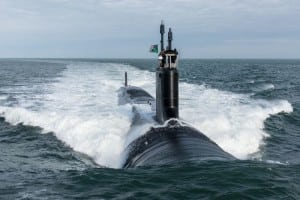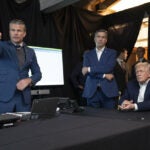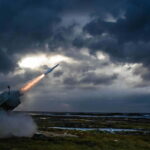
The Australian ambassador to the U.S. on Tuesday said the new AUKUS nuclear submarine trilateral security partnership aims to modify an existing submarine design and means to help the country project power more than use pure defense. “We’ve got 12 to 18 months and we’re hoping to do it as quickly as possible to not have to use the full 18 months to determine what is the best design for Australia. And the Prime Minister’s being very clear and he…

 By
By 











